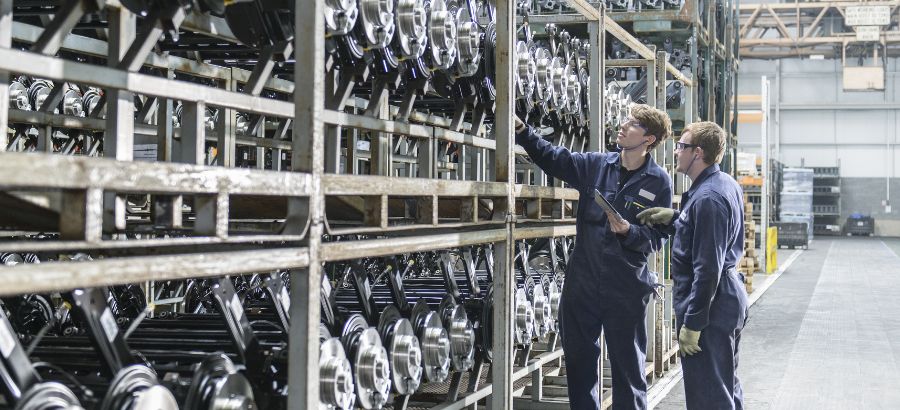Supply chain automation is the use of digital technologies to improve efficiencies, connect applications and streamline processes within supply chain operations. It usually incorporates intelligent technologies such as Digital Process Automation, Artificial Intelligence, and Machine Learning.
If your factory is the heart of your organization, then your supply chain is the veins and arteries. Your operational efficiency depends on everything being connected to deliver a reliable service. However, many organizations have built up a patchwork of legacy systems, with gaps between applications leaving a disconnect in the supply chain, which can lead to inefficiencies, lack of visibility and general uncertainty.
Basically, there are four key points to ensure the efficacy of a supply chain automation project:
1. Identify opportunities for automation
Analyzing and evaluating current business processes is the first step towards identifying opportunities for automation. A workflow analysis will allow for a thorough review of daily operations with the goal of identifying obsolete practices and areas of improvement.
The goal of this step is to streamline manual operations to improve efficiency and use automation, where appropriate. Once the current flow of operations has been mapped out from supplier to customer, inefficiencies can be identified and evaluated – keeping the need for automation in mind.
It is important to ask the right questions during this phase. What are the tasks for review? Who completes these tasks? How long does each task take? What are the bottlenecks and inefficiencies? Is there duplication of the task in any other business area?
2. Map opportunities to process in supply chain automation
Once a workflow analysis has been completed for all business processes and priorities have been established based on the cost to the business, opportunities for automation can be determined.
Potential opportunities can include:
- Compliance challenges
- Security issues
- Employee utilization
- Customer service issues
- Manual tasks
- Work delays
3. Plan for success in supply chain automation
Once steps 1 and 2 are complete, it is time to create a comprehensive plan that reflects the new processes where automation will drive desired improvements. Here, it is important to automate processes that will maximize the impact on resources and costs. Technology, specifically, is key to an automation project, with ERP software providing seamless automation and integration with core business processes, including customer orders, scheduling operation, and recording inventory.
4. Evaluate
A successful supply chain automation process includes an evaluation strategy that is developed in tandem with an implementation strategy. Identifying benchmarks for each area of automation will help determine what success should entail. Factors such as employee productivity, material costs and overheads, operating costs, labor costs and sales figures should be considered when evaluating supply chain processes.
Finally, finding a good automation partner will determine how productive your resources will be, which is critical to the long-term success of your business. Before you settle on a partner, identify what the main objective of your partnership will be. Will it be a onetime project, a system build or software implementation? Identify your project needs first. This will enable you to make sure that your potential partner has the right capabilities, resources, expertise, experience, support and technology.








1 thought on “4 Steps to a successful supply chain automation”
I appreciate your clear explanations and the emphasis on safety throughout the process.
It’s evident that you care about your readers’ well-being and want us to tackle these issues safely and effectively.
Your blog has become my go-to resource for appliance-related issues,
and I’ll be sure to share it with friends and family who might face similar problems with their appliances.
Keep up the fantastic work!